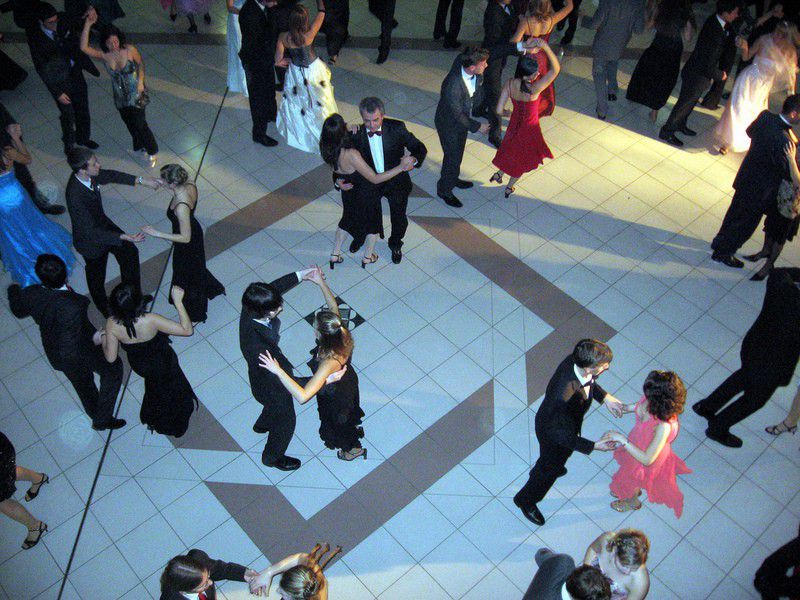
 As written in his book Walden, Henry David Thoreau observed that “Every generation laughs at the old fashions, but follows religiously the new.”
As written in his book Walden, Henry David Thoreau observed that “Every generation laughs at the old fashions, but follows religiously the new.”The same is still true more than 160 years later. Nowhere is this more obvious than in the workplace, where different generations often struggle to close an ever-widening communication gap, with technology as the major culprit.
Millennials are risk-takers, comfortable with using the newest tools as they seek to keep up with trends. Conversely, Generation X and the Baby Boomers (who were once the radical newbies) are more risk-averse due to their experiences and lessons learned.
Despite the challenges borne by futuristic technology, one unchanging, ever-present factor is the human element. As humans, we're all compassionate, creative and feeling creatures. Technology can't replace this, and it's a place from which we can all find common ground.
There's actually nothing more human or personal than the art of dancing … yes, dancing! As a business owner and competitive ballroom dancer, I've observed many synergies between dance and effective cross-generational relationships.
Four key ways the generations can find harmony at work
Enter the non-judgment zone
We all want to feel free to fail, to succeed and to be included. In dance, we're free to express ourselves, engage in trusting partnerships and understand that mistakes happen on our path to learning. A positive dance community recognizes that each person's journey, background and physical obstacles differ, while still giving everyone room to grow.
Similarly, at work, the young need to feel free to make suggestions and not be judged, as do their older counterparts. Therefore, the workplace needs to become a non-judgment zone, with pre-established and jointly agreed-upon rules and guidelines about tolerance and openness.
Find commonalities with your co-workers
One thing that’s great about the dance world is that music is music, no matter what the style—just like the tango is the tango, no matter who's dancing it. To admire the same style is to have an instant bond. Plus, dancing is a fun way to break the tension and start forging shared experiences.
Speaking of shared experiences, you must have one thing in common with your younger or older co-workers! This could be as small as loving Downton Abbey or as large as participating in the intramural baseball team.
It's best to try and identify these commonalities right away. It’s nice to get started on the "right foot," as being in the trenches of either a dance rehearsal or a big company project can cause friction and stress. By being able to fall back on genuine reasons why you like each other, you can diffuse the situation with your colleagues and fall right back into step!
Figure out the endgame
Even if you think there's absolutely no way you can effectively work with the "youngster"/"dinosaur"/fill-in-the-stereotype in the next office, think again. Though your styles may be different (one may take forever to respond to your text, whereas the other may avoid face-to-face conversations), you all have a shared purpose.
You need to connect with the overall mission, vision, goals and objectives of the company and embrace your joint role in accomplishing them. Then, figure out each other’s strengths and weaknesses and play to them. For instance, one client may prefer a highly technical presentation, whereas another may prefer a more "old-school," low-key approach. Be grateful that you have people on your team with a variety of skills so you can cater to both.
Along the same lines, in dance, one partner may be better at technique, while the other is more rhythmic. However, they both share the same goal—dancing their routine as well as possible—and they know that they need each other to make it happen!
Recognize the benefits of constructive criticism
A common stereotype about Millennials is that they're coddled and need constant praise and feedback, which is an unfair assessment. Yes, Millennials have been conditioned to receive frequent input from family, friends, teachers and coaches, but they use it to improve, not merely as a rubber stamp. On the flip side, older generations may think that tough love is the only way to grow, and that they excelled despite a lack of hand-holding in their early professional lives.
In the dance world, scores are an integral part of advancement. Without constructive criticism from coaches, judges and partners, dancers wouldn’t know what's going right and what needs more practice. When dispensed correctly, this type of guidance can motivate people rather than tear them down. Similarly, in the workplace, Millennials should feel comfortable asking for feedback and their co-workers and managers should realize the benefits of giving it.
Always keep the human element in mind
Our era is not the first to deal with clashing ideas between generations and it certainly won’t be the last. But by keeping the human element in mind when communicating with each other, either in the boardroom or the ballroom, we can achieve so much more than we ever thought possible!
«RELATED READ» LOST IN DANCE: A personal essay on reconnecting with our true selves through dance»
image: Dancing by Jan Kalab via Flickr (CC BY-SA 2.0)
Click to Post
